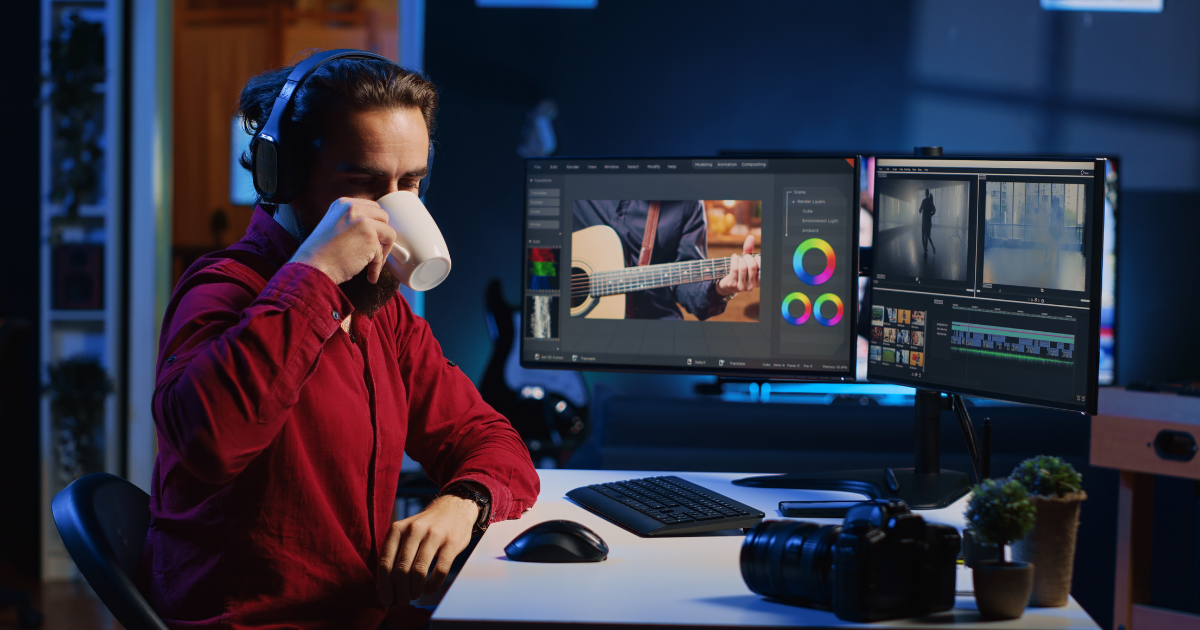Large-format printing is a powerful tool used in different industries to produce oversized visuals with clarity and precision. Whether it’s for advertising, education, architecture, or the arts, poster printer machines play an important role in turning digital designs into impactful physical prints.
In this blog, we’ll break down everything you need to know about large-format printing and how poster printer machines work. Let’s dig right in!
What Is Large-Format Printing?
Large-format printing refers to the production of prints that go beyond traditional paper sizes like A4 or letter-sized sheets. It involves specialised printers that can handle media widths ranging from 18 inches up to several feet.
This kind of printing is used for producing items such as banners, posters, trade show displays, architectural drawings, and educational visuals. All of these are mostly for commercial purposes.
The main advantage of large-format printing is that it delivers high-resolution output that maintains its quality even when scaled up significantly, ensuring your message is bold and visually compelling.
What Are Poster Printer Machines?
Poster printer machine is a specific type of large-format printer designed for printing posters, charts, signs, and other oversized graphics. They are capable of producing vibrant and precise images thanks to high-resolution inkjet technology.
These machines often come equipped with features such as fast printing speeds, wireless connectivity, and support for different paper types, including photo paper, vinyl, and canvas. Whether you’re running a print shop or just need professional-quality prints in your office, these printers are designed to handle large jobs efficiently.
Key Features to Look For in a Poster Printer
When choosing a poster printer machine, it’s important to consider features that align with your needs. Print width is one of the most important factors. Smaller machines may support up to 24 inches, while more advanced models can handle 36 inches or more, depending on the output size you need.
Another key feature is print resolution. A high DPI (dots per inch) ensures sharp, detailed images, which is especially important for photo-quality prints or technical designs.
Ink type also matters; pigment-based inks are usually preferred for outdoor use due to their resistance to water and UV light. Additionally, you should consider whether the printer supports a wide range of media types and how user-friendly its software interface is. A good poster printer should integrate seamlessly with design tools like Adobe Illustrator or CAD programs, allowing for smooth operation from design to print.
Who Uses Large-Format Printing?
Large-format printing serves a diverse range of industries. In marketing and advertising, it’s used to create posters, billboards, and promotional signage that grab attention. Retailers use it for window graphics and in-store displays, while educators and institutions rely on it for printing charts, maps, and classroom visuals. In short, as said above, it’s mostly for commercial purposes.
Architects and engineers also depend on wide-format printers to produce blueprints, construction drawings, and site plans. Because of its versatility, large-format printing continues to be in high demand across both creative and technical fields.














